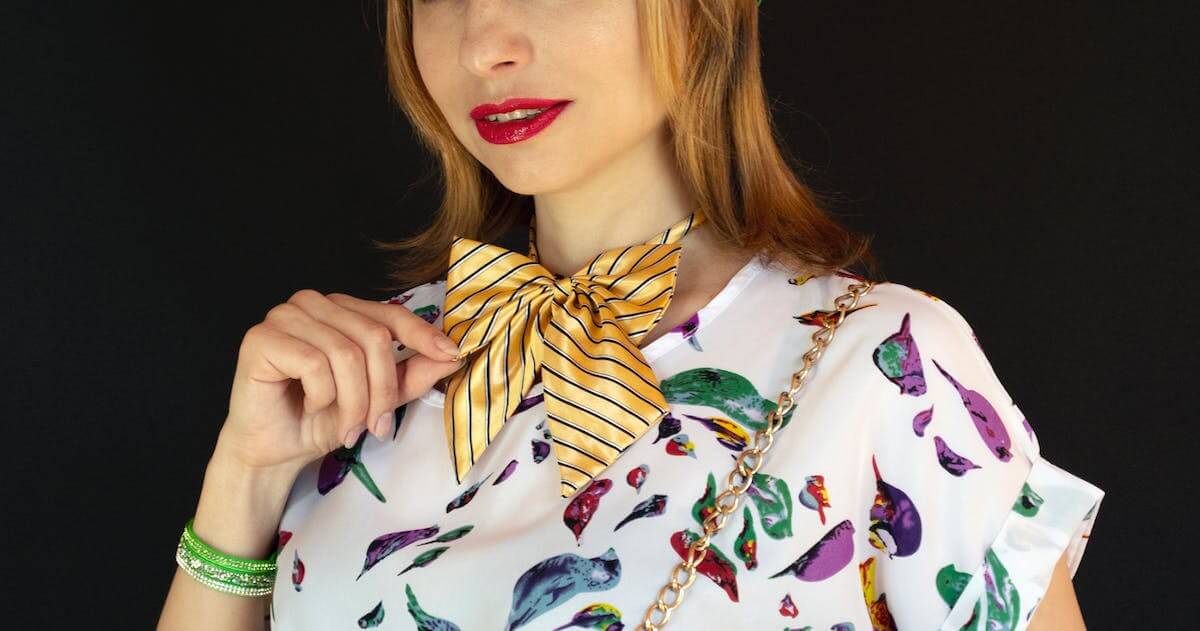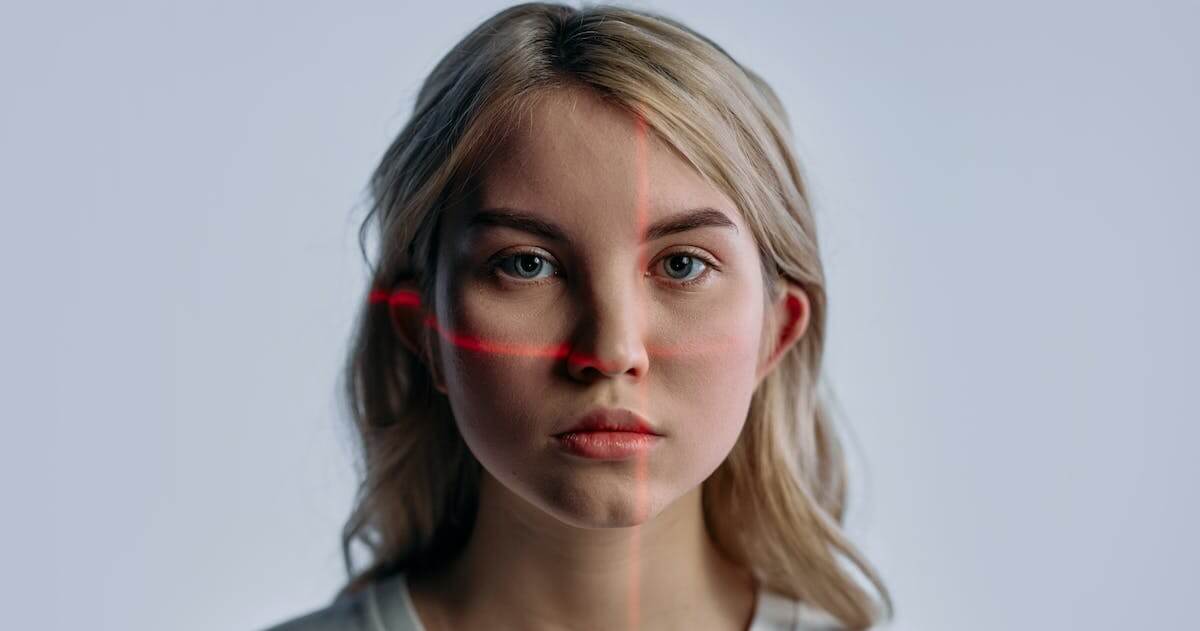Photos used on ID cards, passports, and driving licenses determine approval or refusal of an ID document. They're required to meet specific standards in terms of lighting, facial expression, and background.
Failure to carefully check your ID photo requirements can disrupt your travel process in embassies or registration for certain benefits, as government agencies may think your ID is invalid.
When photographing your passport, you have to be cautious. The key consideration with having a passport is to ensure that the photos meet your country's minimum ID photo requirements.
Different countries set out their passport ID requirements, meaning a Canadian ID requirement may be different from Chinese or Australian ID requirements.
Let's check out a few standards and requirements for an ID photo.
What are the requirements for an ID picture?

In addition to passing the application, you want to avoid seeing a goofy picture whenever you pull your ID out of your wallet.
Firstly, an ID picture must be taken within the last six months in order to reflect your current look. Glasses are prohibited.
In addition, your head must be straight and face the camera, and your fad shouldn't be obscured.
Natural smiles or neutral expressions are allowed. The photo must be snapped in color, but the background should be actually white or off-white. Clothing should reflect what you wear on a daily basis, and you shouldn't wear a headcover unless it's for religious purposes.
Even if worn for religious purposes, the picture must show your full face without the head cover casting a shadow over it.
Headphones or wireless devices are highly prohibited.
ID card Photo Size Requirements
The required ID card photo size must be 2 x 2 inches (or 51 x 51 mm). The size of your head in the photograph should be between 1 and 1 ⅜ inches from the bottom of your chin to the tip of your head.
What should you wear to take your photo ID shoot?
Can you wear a T-shirt to take a passport photo? Should you wear glasses?
Is there a particular dress code for a US passport photo?
If you want answers to these questions, we're happy to help.
Be sure to focus on the following when choosing the right attire for your passport photo:
Casual clothes
Although dresses and suits are allowed, it's best to wear your everyday outfit when snapping your photo ID. Instead of dressing up specially for your ID picture, embrace casual wear.
Keep in mind that the overall biometric photography's goal is to reflect your natural, everyday look. Don't wear hairstyles or heavy makeup that may disrupt your natural look.
Darker colors
For example, the US passport photo only uses a white background, so a light-colored cloth should blend with the background. Go for a dark, plain color.
Simple Accessories
Choose small, simple earrings, and less visible hair accessories.
Now that you know what to wear for your ID photo, what should you avoid?
What to avoid?
- Avoid white clothes or any light-colored pieces that blend with the background as they create the "floating head" effects.
- Steer clear of Uniforms and camouflage
- Wearing excessive jewelry is a big No
- Do not snap with glasses On
- Head coverings are strictly prohibited
Exceptions
Although these rules are non-negotiable, there are two exceptions.
In some cases, these can be accepted:
- Prescription glasses can only be allowed on ID photo shoots if they're critical for the individual's condition. Plus, the individual must present a signed doctor's statement confirming their medical condition.
- Head covering can be allowed for medical or religious purposes. Hence, it's fine to wear religious outfits like a fedora or hijab as long as it doesn't disrupt your facial structure visibility.
In any of the above cases, you must keep your facial structure visible and with no traces of glares or shadows in the picture.
Tips for dressing for an ID photo
Still not convinced about the appropriate outfit for your ID photo shoot? Fear not!
Below, you'll find helpful tips to guide your choice of the right attire.
Darker colors are the real deal
Since the backgrounds are usually white, white colored colors won't fit into the already white background. So, choose darker color outfits.

Avoid outfits with prints or bright elements

Choose plain materials in your favorite color (except white).
Wear minimal Accessories

They can obscure your facial look and cause reflections. Ditch the headbands and necklaces. If you must keep your hair well packed, a bobby pin can help, especially with your hair color.
Don't wear turtle necks, tank tops, and high-collar shorts

If you need clarification about what to wear between a simple T-shirt and a turtleneck, choose the T-shirt. High-collar shirts like turtlenecks can disrupt your original facial look.
So choose a cloth that clearly shows your face and neckline.
Avoid revealing clothes like a tank top for your passport photo- because the pictures are cropped in a way that wearing a tank top will make you appear naked.
Take it in front of a solid, neutral background
ID photo requirements vary from country to country. But as a general rule of thumb, a white or plain background is the most common.
Be sure the background is plain without extra patterns and textures, objects, people, trees, or pets.
The background color must be in contrast with the head. Be sure that the background is in one color and shade.
Use a light that evenly highlights the sides of your face
First off, take the ID picture in a place that has good lighting. Your face will be blurred and unrecognizable if taken under low light.
Secondly, avoid having the lighting cast a shadow on the background or one side of your face. Make sure your glasses or accessories don't cause any reflection.
Furthermore, the ID photo shouldn't be over or underexposed. Too little or too much light can disrupt your face visibility, causing underexposed or overexposed pictures.
Your Facial Expressions should be natural

Take your ID picture with your best natural facial expressions.
Whether you're photographing your passport or driver's license, avoid smiling too much. A little smile on your face is great, but avoid the big smile.
What's more, do not forget to look straight into the camera with open eyes and closed mouth.
Your entire face must be visible
Before photographing your ID photo, adjust your clothing and hair so it doesn't obscure your face. Your hair should not cover your eyebrows.
Your eyes must also be completely visible in your picture. If you need to wear a glass, then it must be transparent.
In addition, your eyes must be horizontally aligned with straight shoulders, and do not tilt your head.
How to Get Incredible ID photos Using Photo Editing tools?
Trying to take or edit an incredible ID photo? Start with Imagewith.ai's powerful online photo editing features that help you perfect your ID documents.
ImageWith.ai stands at the forefront of photo editing software, leveraging cutting-edge Artificial Intelligence (AI) technology to elevate the quality and precision of ID photos.
This advanced platform introduces several groundbreaking features that redefine the way individuals manage and enhance their identification images.
Clearoff
Imagewith.ai Clearoff is a standout feature offering you the ability to eliminate unwanted objects from your ID photos seamlessly.
Leveraging AI algorithms, Imagewith.ai Clearoff ensures a clean and unobstructed view of your face, adhering to the stringent standards set for official identification documents. This innovative tool simplifies the process of refining ID photos, contributing to a more professional and polished appearance.
Cutout
Imagewith.ai Cutout takes photo editing to the next level by empowering you to remove undesirable backgrounds from your ID photos and replace them with a recommended, compliant background.
The AI technology intelligently identifies and isolates the subject, allowing for a smooth transition to a background that aligns with official ID photo requirements. This not only enhances the aesthetic appeal of the photo but also ensures that the edited image adheres to the specific standards mandated by authorities.
Overscale
Imageiwith.ai Overscalefeatures elevate the resolution of ID photos, guaranteeing a higher quality image for use on identification documents. By employing AI-driven upscaling techniques, ImageWith.ai Overscale enhances the clarity and sharpness of your photo, resulting in a more visually appealing and detailed representation. This feature goes beyond traditional photo editing tools, offering users the opportunity to present a superior image that meets the stringent criteria for modern ID documentation.
FAQ
What are the standard dimensions for ID photos?
ID photos are commonly standardized at 2x2 inches (51x51 mm) or 35x45 mm dimensions. This adherence to a specific size ensures uniformity across various identification documents, allowing for compatibility and ease of processing. The subject's head must be centred within these parameters, maintaining consistency in the visual representation of official documents.
Can I wear accessories in my ID photo?
While accessories like hats and sunglasses are generally discouraged, exceptions may be made for religious head coverings that don't obstruct facial features. The primary goal is to present a clear and unobstructed view of the individual's face, ensuring easy identification and adherence to official standards.
Are there specific background requirements for ID photos?
Yes, ID photos commonly require a plain white or off-white background. This background choice eliminates distractions, providing a clean and neutral backdrop that highlights the individual's facial features. This simplicity aids in quick and accurate facial recognition, meeting the standards set by various authorities.
Is there a dress code for ID photos?
A recommended dress code for ID photos includes wearing simple, contrasting colors and avoiding intricate patterns. This guideline is designed to enhance clarity in the photo, ensuring that the individual's features stand out prominently against the background. The goal is to create a clear and easily recognizable representation for official identification purposes.
Can I smile in my ID photo?
Generally, a neutral expression with a closed mouth is advised for ID photos. This neutral expression aids in accurate facial recognition, especially with the prevalence of facial recognition technology in the identification processes. The focus is on presenting a clear and unaltered depiction of the individual's facial features, contributing to the effectiveness of identity verification systems.
Can I submit a digitally altered ID photo?
It is strongly advised against submitting digitally altered ID photos. Most authorities require unedited, natural images to maintain the authenticity and integrity of identification documents. Digital alterations can lead to misrepresentation and may raise concerns about the accuracy of the presented information. By adhering to the requirement of unaltered photos, individuals contribute to the reliability and trustworthiness of the identification process.
How recent should my ID photo be?
The recommended timeframe for ID photos is within the last six months. This ensures that the photo accurately reflects the individual's current appearance, minimizing the chances of outdated or misleading representations. The emphasis on recent photos is crucial for identity verification, as it enhances the reliability and relevance of the information presented on official documents.
Are there specific guidelines for glasses in ID photos?
While glasses are generally allowed in ID photos, it is advisable to minimize potential issues such as glare. If possible, individuals are encouraged to remove glasses to ensure a clear view of their eyes. If glasses are necessary, they mustn't obstruct the eyes, and the frames do not cover essential facial features. These guidelines aim to facilitate smooth identification processes by providing clear and unobstructed views of the individual's facial characteristics.
Conclusion
In this guide, we've shared helpful tips for creating compliant ID photos, including implementing the right background, appearance, lighting, and facial appearance.
Fail to follow any of these rules and you may find yourself without a valid ID you can use in your country.
As we mentioned earlier, each country comes with its set of stringent ID photo requirements, which you need to follow for your ID to be considered valid thoroughly. In addition, each kind of official ID requires a specific photo, and you'll have to edit your photo for each of these. Use Imagewith.ai's editing features to perfect your ID photos.






